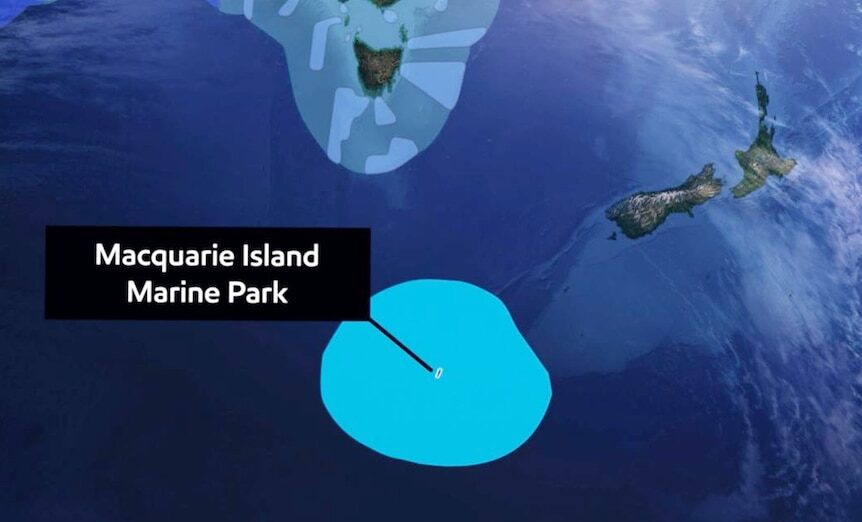Australia is set to triple the size of its marine park on Macquarie Island, making it far larger than Japan.
After rejecting an application for fisheries to trawl through the new Macquarie Island Marine Park, Australia’s federal environment minister Tanya Plibersek signed off on a final design for the expansion on June 5, which will allow two fisheries to continue operating.
Local fisheries have also been given more fishing space. However, their application to trawl in the area was rejected.
“They won’t be doing that now, and they certainly won’t be doing that in the future,” Plibersek told media in Sydney on June 5.
The department has received more than 14,000 public responses to the proposal, which came up in late February, and only a handful opposed the addition, according to Plibersek.
Sitting about halfway between Tasmania and Antarctica, the subantarctic island was put on the UNESCO World Heritage List in 1997.
Macquarie Island is home to 100,000 seals and about 4 million penguins. (Lynn O’Rourke Hayes/TNS)
It is home to 100,000 seals and about four million penguins, including the royal penguin, which can only be found on Macquarie and its two surrounding islands.
The marine park, established in 1999, currently covers 162,000 square kilometres, with depths from 86 metres to 6,341 metres. It will grow to cover 475,465 square kilometres after the expansion.
An area larger than Germany, which makes up 93 percent of the park, will be completely off-limits to fishing, mining, and other extractive activities.
The Minister said the expansion of the marine park is meant to protect the marine ecology and benefit future generations.
“This will be a huge win for ocean protection. This announcement is part of our mission to conserve Australia’s special places, particularly those that are home to threatened species,” she said.
“Macquarie Island is an exceptional place—it’s a remote wildlife wonderland, a critical breeding ground for millions of seabirds, seals, and penguins.
“I am determined to protect more of what’s precious, to repair more of what’s damaged and to manage nature better for the future.”
However, while saying it supported environmental conservation, the Seafood Industry Association of Australia has said it is concerned about the process and the minister’s approach.
“The Australian seafood industry welcomes any conversation on sustainability because we are deeply committed to a sustainable ocean…However, this is an attack on one of the world’s most sustainable, well-managed fisheries,” reads a joint media release in February.
Australian Minister for Environment and Water Tanya Plibersek speaks during question time at Parliament House in Canberra, Australia, on July 28, 2022. (Martin Ollman/Getty Images)
“We’re not fighting marine parks. We’re not fighting environmental conservation; what we’re saying is this is the first interaction we’ve had with the minister; we’re concerned about the process,” Veronica Papacosta, chief executive of the Association, told the ABC.
Papacosta said that while the two commercial companies that fish in the area, Austral Fisheries and Australian Longline Fishing, were consulted, the association never got a chance to discuss the proposal beyond public consultation.
“The companies were offered some input into the process, but we can’t help but feel that the decision was predetermined,” she said.
“Also to be antagonised by social media posts [by the minister] that this was a ‘no brainer’ and ‘done deal’ … is not the approach we would expect from a minister looking to engage with industry and carry out proper consultation process.”
AAP contributed to this report.



